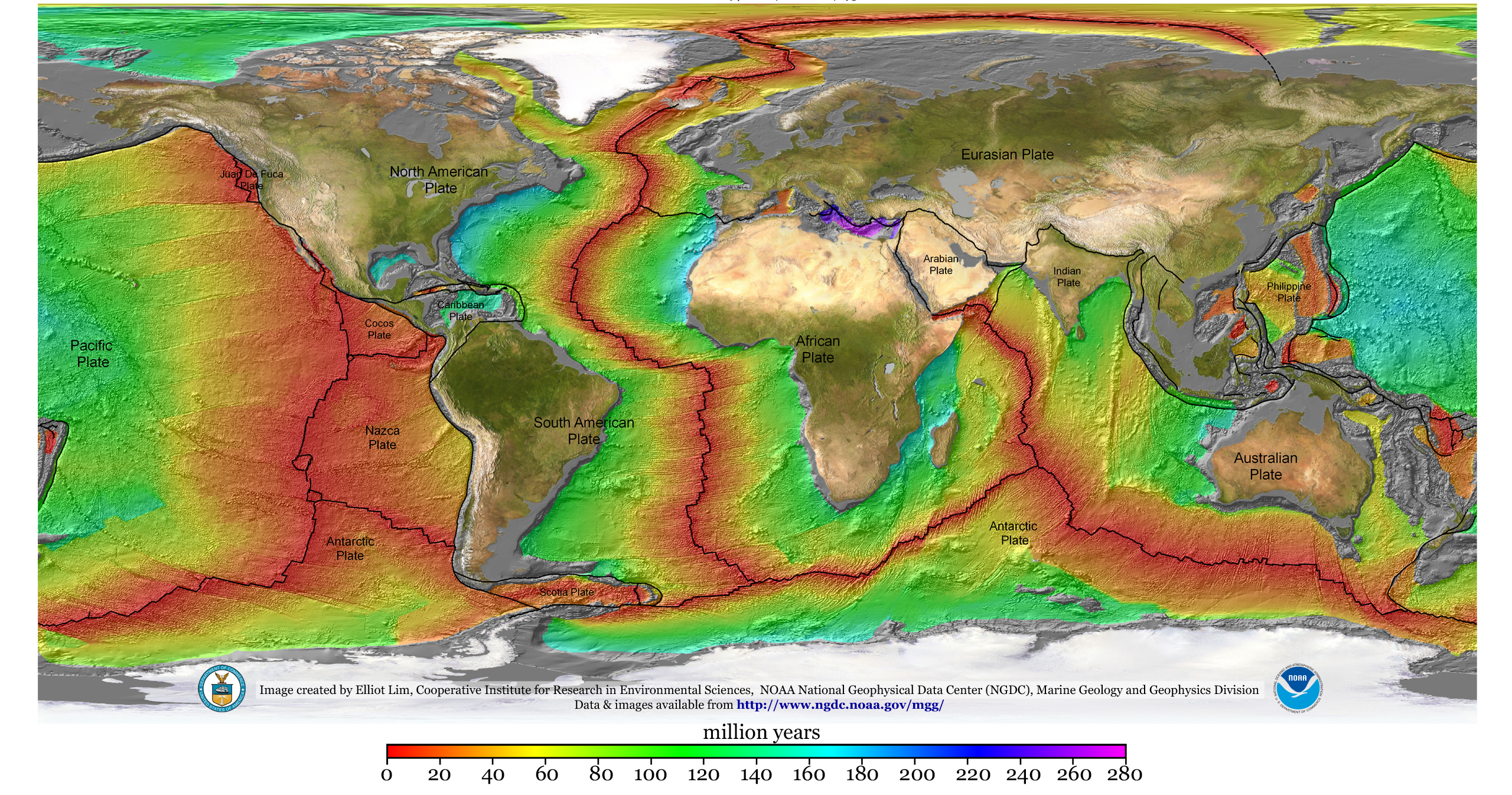All Categories
Featured
Table of Contents
What Is Geophysics? in Neerabup Oz 2021

The primary design for the radial structure of the interior of the Earth is the initial reference Earth design (PREM). Some parts of this model have been updated by current findings in mineral physics (see post-perovskite) and supplemented by seismic tomography. The mantle is primarily made up of silicates, and the boundaries in between layers of the mantle are consistent with phase shifts.

This makes plate tectonics possible. Schematic of Earth's magnetosphere. The solar wind Flows from left to. If a planet's electromagnetic field is strong enough, its interaction with the solar wind forms a magnetosphere. Early area probes mapped out the gross dimensions of the Earth's electromagnetic field, which extends about 10 Earth radii towards the Sun.
Inside the magnetosphere, there are reasonably dense areas of solar wind particles called the Van Allen radiation belts. Geophysical measurements are generally at a particular time and location. Accurate measurements of position, along with earth contortion and gravity, are the province of geodesy. While geodesy and geophysics are different fields, the 2 are so closely connected that numerous clinical companies such as the American Geophysical Union, the Canadian Geophysical Union and the International Union of Geodesy and Geophysics incorporate both.
Geophysicist in Port Kennedy Western Australia 2023
, integrates astronomical collaborates and the local gravity vector to get geodetic collaborates. This technique only provides the position in 2 coordinates and is more challenging to use than GPS.
Gravity measurements became part of geodesy since they were needed to associated measurements at the surface area of the Earth to the reference coordinate system.
Satellites in space have actually made it possible to gather information from not just the visible light region, however in other areas of the electromagnetic spectrum. The worlds can be identified by their force fields: gravity and their electromagnetic fields, which are studied through geophysics and space physics. Measuring the changes in acceleration experienced by spacecraft as they orbit has allowed fine information of the gravity fields of the planets to be mapped.
Geophysical Survey - Archaeological Research in Pearsall Aus 2022

Given that geophysics is concerned with the shape of the Earth, and by extension the mapping of functions around and in the planet, geophysical measurements include high precision GPS measurements. These measurements are processed to increase their accuracy through differential GPS processing. When the geophysical measurements have been processed and inverted, the analyzed results are plotted utilizing GIS.
Many geophysics business have created internal geophysics programs that pre-date Arc, GIS and Geo, Soft in order to satisfy the visualization requirements of a geophysical dataset. Expedition geophysics is used geophysics that typically uses remote noticing platforms such as; satellites, airplane, ships, boats, rovers, drones, borehole noticing equipment, and seismic receivers.
For instance, aeromagnetic data (aircraft gathered magnetic information) gathered utilizing traditional fixed-wing aircraft platforms must be remedied for electromagnetic eddy currents that are created as the aircraft moves through Earth's electromagnetic field. There are likewise corrections related to changes in determined prospective field intensity as the Earth turns, as the Earth orbits the Sun, and as the moon orbits the Earth.
Bs In Physics: Geophysics in West Swan Australia 2021
Signal processing includes the correction of time-series information for undesirable noise or mistakes presented by the measurement platform, such as aircraft vibrations in gravity data. It also involves the reduction of sources of noise, such as diurnal corrections in magnetic data. In seismic information, electromagnetic data, and gravity information, processing continues after mistake corrections to include computational geophysics which result in the final analysis of the geophysical information into a geological analysis of the geophysical measurements Geophysics became a different discipline just in the 19th century, from the crossway of physical location, geology, astronomy, meteorology, and physics.
The magnetic compass existed in China back as far as the 4th century BC. It was not until excellent steel needles could be created that compasses were used for navigation at sea; prior to that, they could not keep their magnetism long enough to be helpful.
By looking at which of eight toads had the ball, one could identify the instructions of the earthquake.'s (1600 ), a report of a series of careful experiments in magnetism.
About Environmental Geophysics in Medina Aus 2021
Dietmar; Sdrolias, Maria; Gaina, Carmen; Roest, Walter R. (April 2008). "Age, spreading out rates, and spreading out asymmetry of the world's ocean crust". Geochemistry, Geophysics, Geosystems. 9 (4 ): Q04006. Bibcode:2008 GGG ... 9. 4006M. doi:10. 1029/2007GC001743. S2CID 15960331. "Earth's Inconstant Electromagnetic field". science@nasa. National Aeronautics and Space Administration. 29 December 2003. Retrieved 13 November 2018.
Runcorn, S.K, (editor-in-chief), 1967, International dictionary of geophysics:. Pergamon, Oxford, 2 volumes, 1,728 pp., 730 fig Geophysics, 1970, Encyclopaedia Britannica, Vol. Introduction to seismology (Second ed.).
Table of Contents
Latest Posts
Geophysical And Geotechnical Assessment in Mount Hawthorn Western Australia 2020
Geophysicist Bob Embley: Ocean Exploration Careers in Alexander Heights Oz 2022
Geophysical Surveys: Definition & Methods in Woodlands Western Australia 2021
More
Latest Posts
Geophysical And Geotechnical Assessment in Mount Hawthorn Western Australia 2020
Geophysicist Bob Embley: Ocean Exploration Careers in Alexander Heights Oz 2022
Geophysical Surveys: Definition & Methods in Woodlands Western Australia 2021